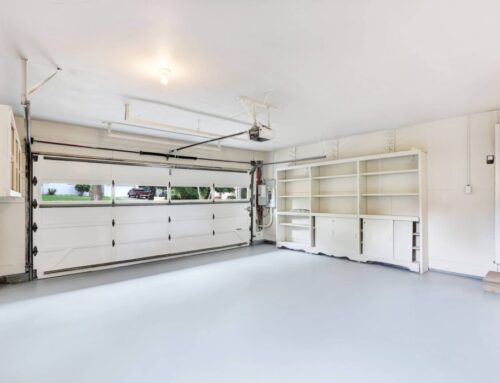A garage door is considered insulated when it has additional layers or materials designed to reduce heat transfer, maintain temperature control, and provide better soundproofing. Here are the components that contribute to the insulation of a garage door:
- Insulation Material: The primary element of an insulated garage door is the insulation material itself. Common insulation materials used in garage doors include expanded polystyrene (EPS) foam, polyurethane foam, or reflective insulation. These materials have good thermal properties and help minimize heat transfer.
- Insulation Layers: Insulated garage doors typically have multiple layers. The insulation material is sandwiched between layers of steel or other durable materials. The number of layers can vary depending on the door’s design and insulation level desired. Each layer adds to the overall insulation performance.
- Insulation R-Value: The R-value is a measure of the insulation’s resistance to heat flow. A higher R-value indicates better insulation performance. Insulated garage doors are available with different R-values to accommodate varying climate conditions and energy efficiency requirements. The R-value depends on the type and thickness of the insulation material used.
- Weatherstripping: Weatherstripping is essential for sealing the gaps around the garage door to prevent drafts and air infiltration. Insulated garage doors often have weatherstripping installed along the sides, top, and bottom of the door. This helps to create a tight seal when the door is closed, reducing heat loss or gain and improving energy efficiency.
- Thermal Breaks: Thermal breaks are barriers designed to interrupt the transfer of heat between different materials. In insulated garage doors, thermal breaks can be incorporated into the door’s construction to minimize heat transfer between the exterior and interior surfaces. This helps maintain a more consistent temperature inside the garage.
Insulated garage doors provide several benefits, including improved energy efficiency, reduced heating and cooling costs, enhanced comfort, and noise reduction. They can help regulate the temperature within the garage, making it more suitable for various uses such as a workshop or living space. When considering an insulated garage door, it’s important to review the R-value, construction quality, and the specific insulation features to ensure it meets your insulation needs and climate requirements.





